As the season stretches into long, hot days that soar into the 90s Fahrenheit, your vegetable garden might be looking a bit… lackluster. Even though the risk of frost has long passed and we can finally grow our favorite warm-weather crops, summer’s heat has its challenges, too: tomatoes not ripening, bushy cucumber plants with no fruit, or squash flowers that never seem to turn into actual squash.
So what’s going on here?
The answer may surprise you: high temperatures.
While all of these crops need sun and warmth, extremely hot weather can make everything come to a screeching halt. Here are seven problems I often see in summer, why they happen, and what you can do:
1. Plants are green and healthy, but aren’t producing fruit.
Certain vegetables, like peppers and squash, are very sensitive to excess nitrogen. Applying high-nitrogen fertilizers in the middle of summer can actually delay flowering (while producing lots of lush green growth).
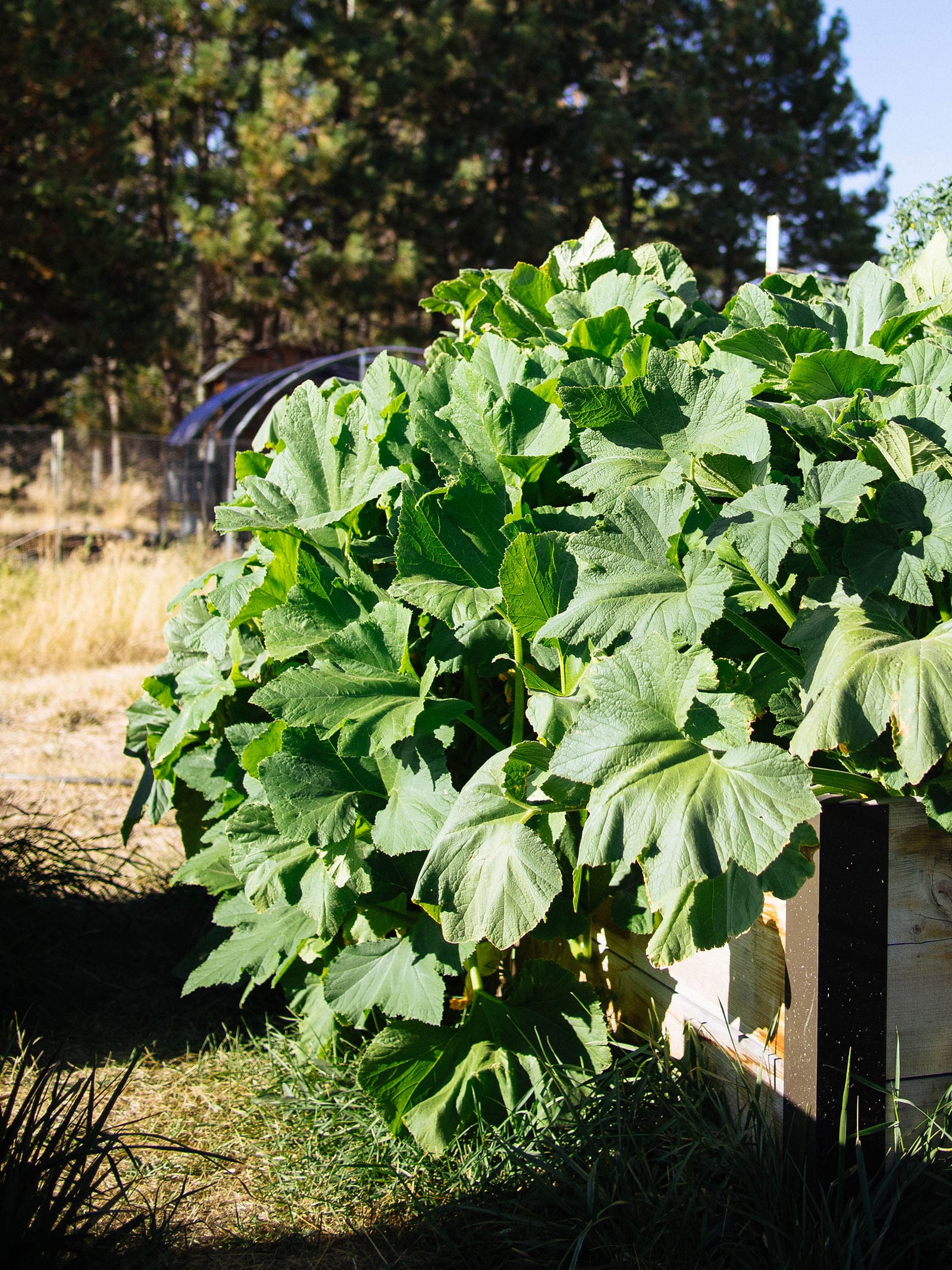
I typically recommend adding compost, worm castings, and/or a slow-release granular fertilizer in the beginning of the season (at planting time) and then using a liquid fertilizer only as needed to give your plants a boost. When temperatures exceed 90°F, stop fertilizing; most plants can’t make use of the nutrients you give them, and fertilizing in peak summer often adds to their heat stress.
Disclosure: If you shop from my article or make a purchase through one of my links, I may receive commissions on some of the products I recommend.
Recommended fertilizers
2. Plants appear stunted, despite proper fertilization.
Does it seem like your plants have stopped growing and remained the same size for weeks?
During periods of drought and extreme heat, many plants slow down or stop growing altogether, focusing on survival rather than production. It’s a stress response similar to dormancy, and it’s a way for plants to conserve their energy. Once temperatures return to normal or cool off a bit, growth will resume.
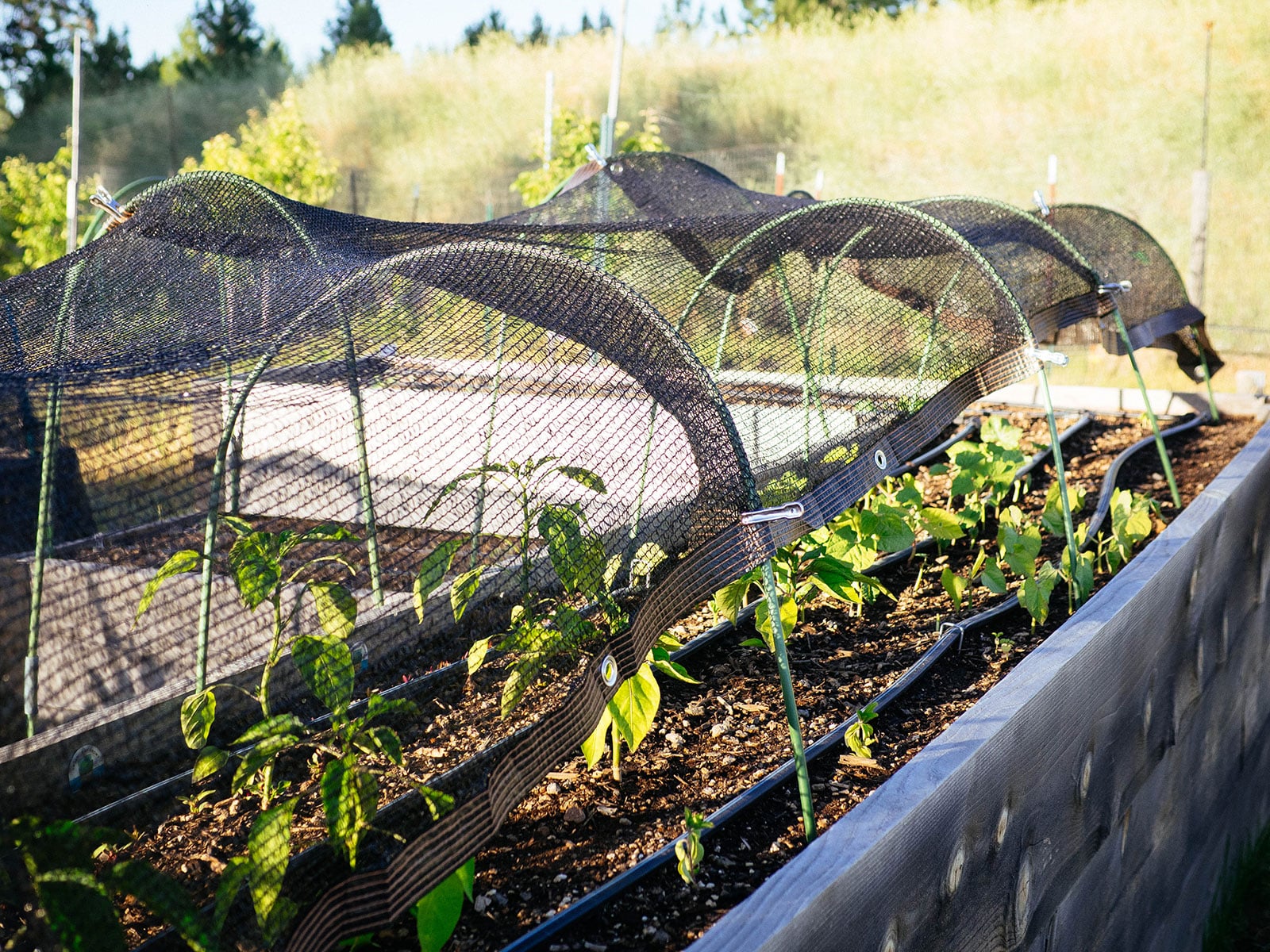
When I see a prolonged heat spell in the forecast, I hang shade cloth over my garden beds to give the plants some midday relief. Mulching also helps keep the soil cooler and retain more moisture so the roots don’t dry out.
Recommended shade cloth
3. Not as much bee activity in the garden.
Many people worry about the lack of bees in their gardens, and if you grow a lot of vining crops that depend on pollinators (such as squash, melons, and certain types of cucumbers), this could mean little to no fruit.
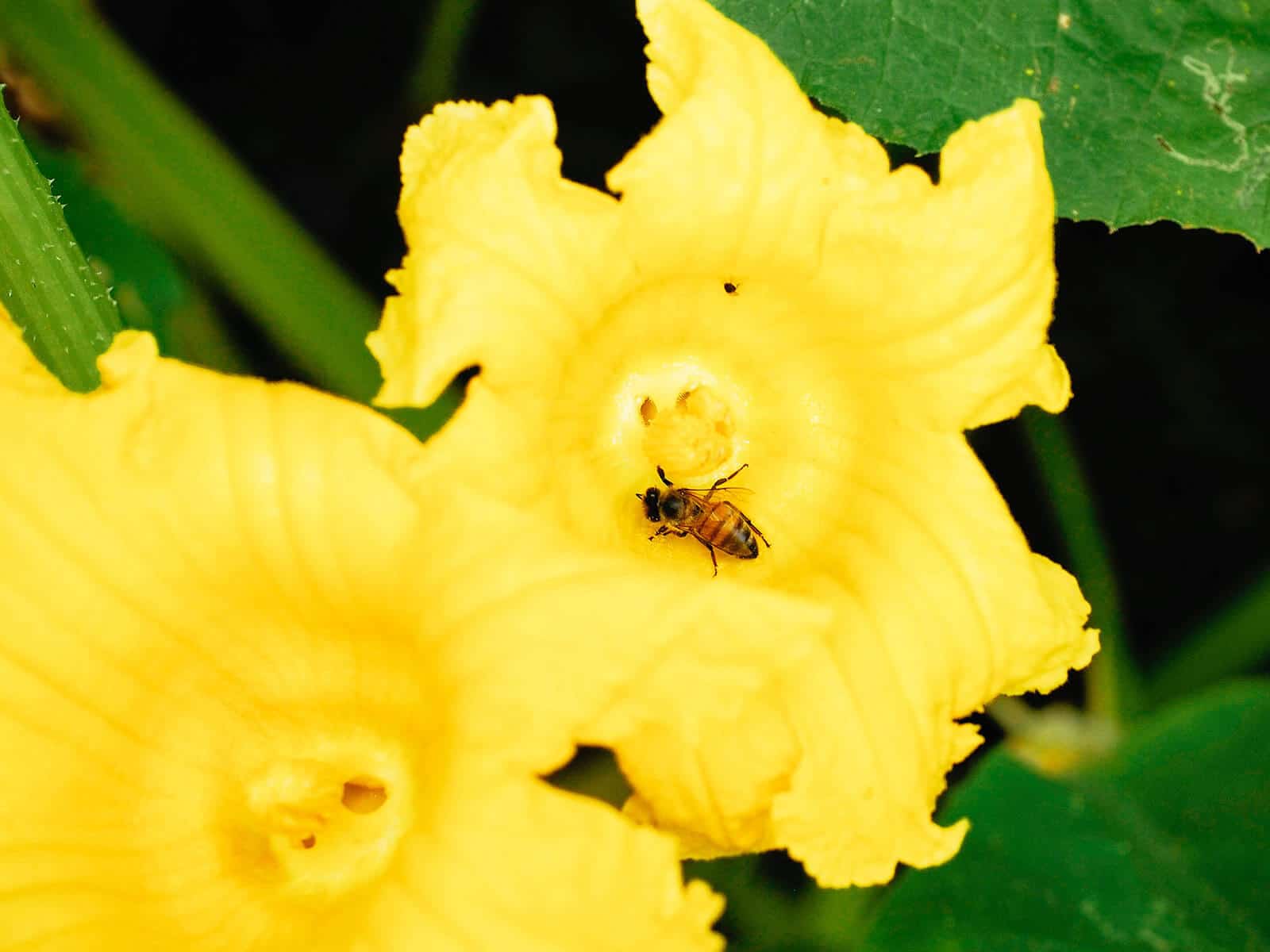
A lack of bees doesn’t always mean you need more flowers to draw them in (although it’s a good place to start)—it could simply mean the weather is too hot for them to work. Just as people like to take it easy and rest in the shade on a hot day, so do many species of bees.
The ideal temperature range for pollination is between 60°F to 90°F (with warmer temps encouraging more pollination). If temps exceed 90°F, many bees slow down. Pollination may still occur, but less frequently, and this could result in poor pollination outcomes.
One way you can help out your friendly neighborhood bees is by making a small “watering station” where they can stop and take a drink. They need hydration as much as we do, and they especially love shallow stagnant water. Place a large saucer (or another shallow dish like a pie pan or baking pan) with a few pebbles sticking out of the water. These provide a safe spot for bees to land and drink without drowning.
4. Vegetables suddenly turn brown and rot, become misshapen, or develop abnormally small.
Remember when I mentioned poor pollination outcomes just a couple paragraphs above?
This is why your zucchini and pumpkins look like they’re forming but suddenly break down and turn moldy. If there’s not enough bee activity, not enough pollen will be transferred from the male to female flower to pollinate it properly.
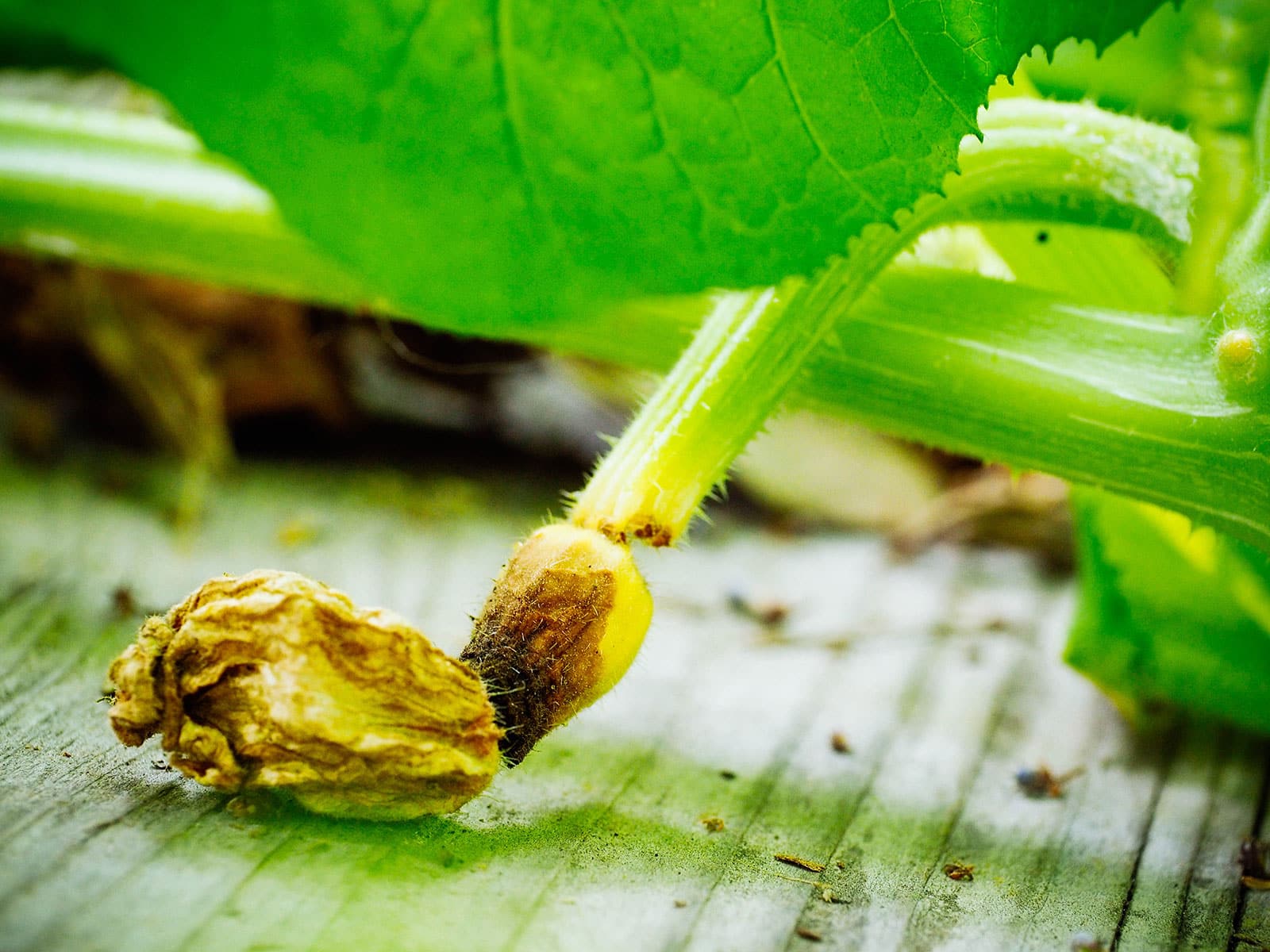
Incomplete pollination can also lead to deformed fruit, which is why cucumbers may develop unevenly or turn into strange shapes.
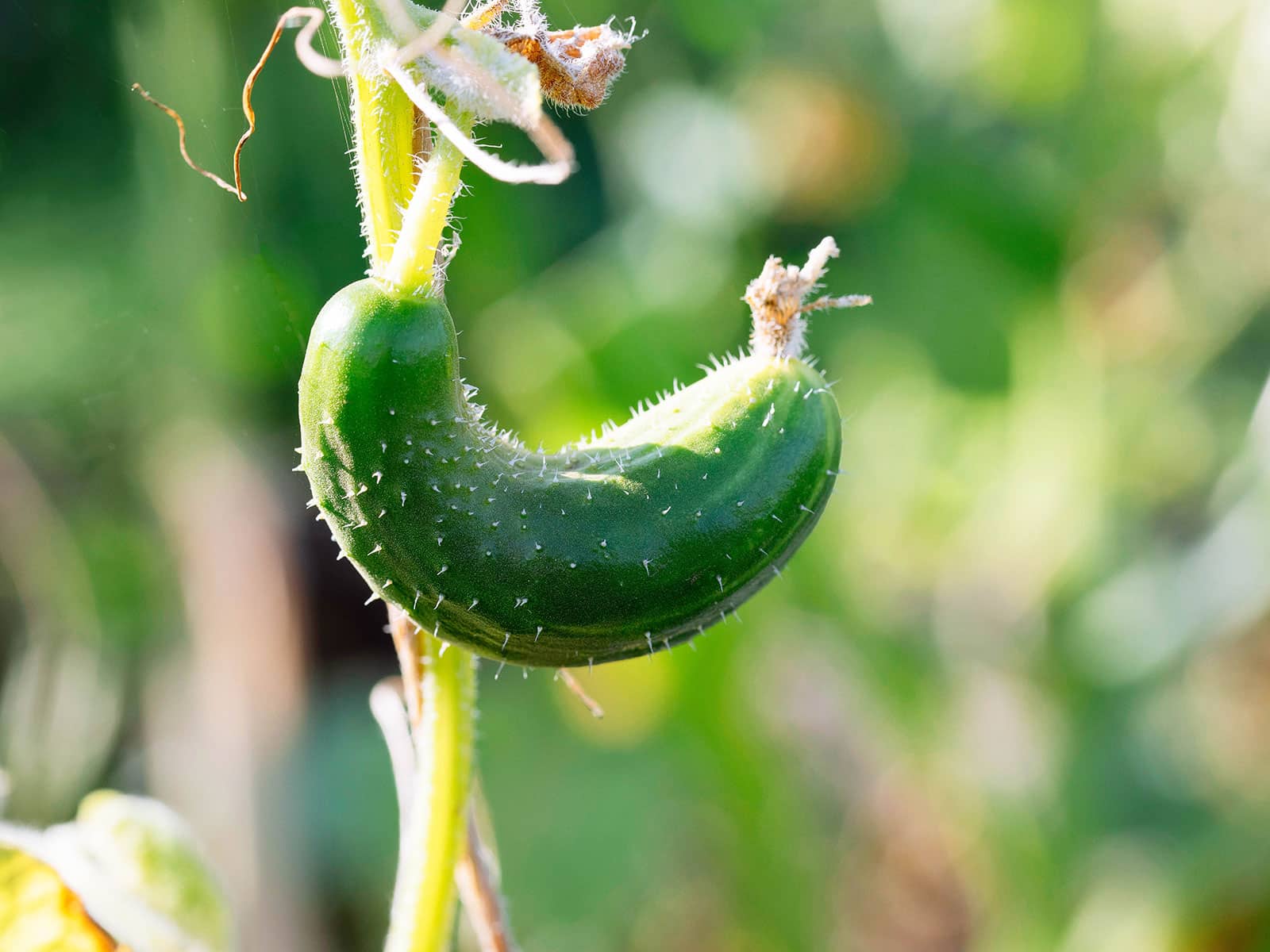
Bees aren’t the only reason for weird-looking vegetables, however. Very hot weather can degrade the quality of the pollen or, in the case of beans, cause them to produce less pollen (and less pollen means fewer and smaller bean pods).
5. Squash plants have lots of male flowers but very few female flowers.
As I previously wrote about how squash pollination works, high temperatures can greatly affect the ratio of male to female flowers on a squash plant. Male flowers tend to appear when the weather is warm while female flowers favor cooler temps. When it’s over 90°F during the day or over 70°F at night, a plant may develop more male flowers.
This means your summer squash or winter squash plant may have tons of flowers in summer, but they’re mostly male flowers that will never produce fruit.
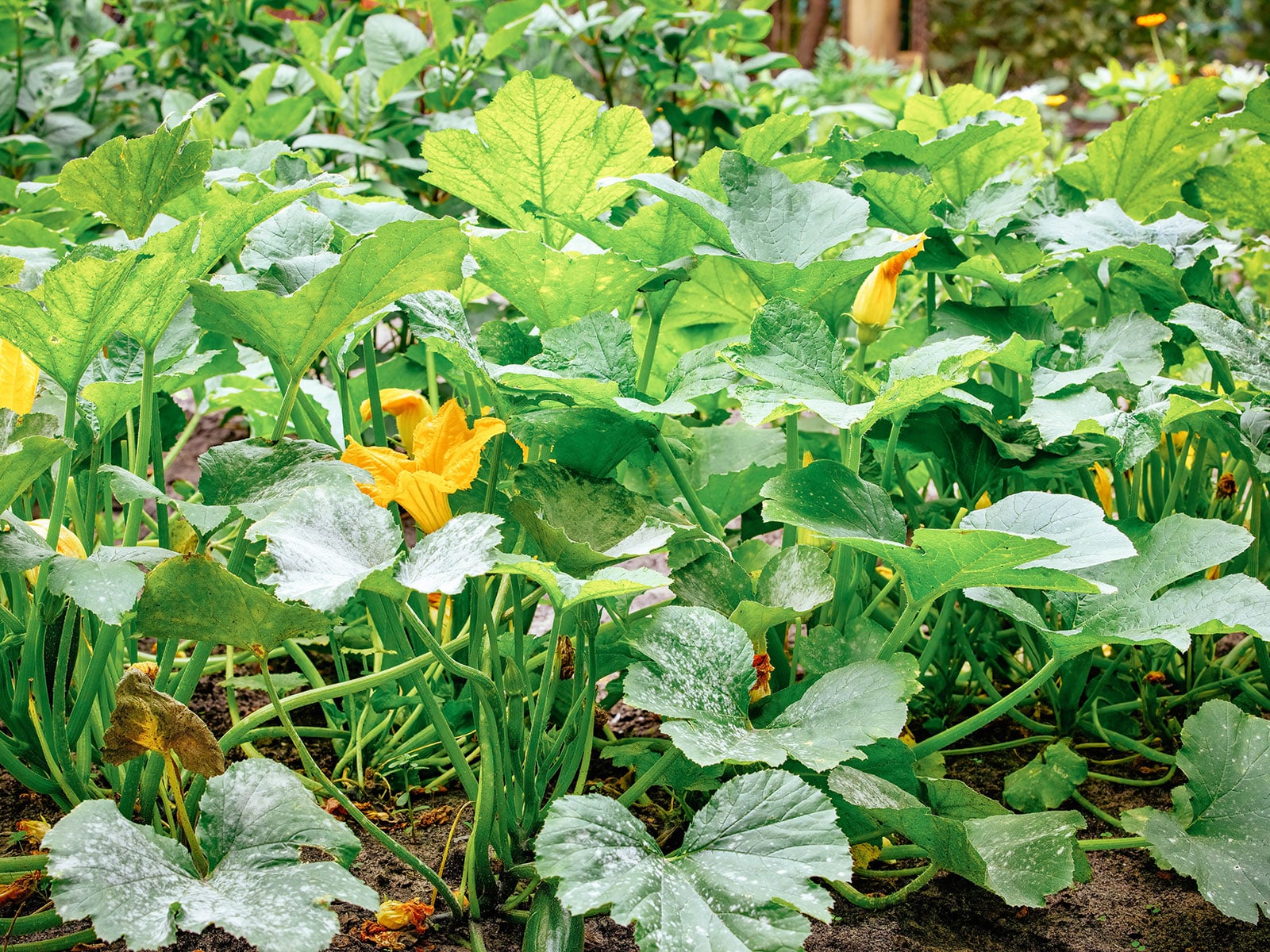
What can you do about this? If there’s a sustained heat spell, hanging shade cloth over your plants can help keep them a few degrees cooler.
Hot climates should start squash plants earlier in spring to beat the heat, or even in midsummer to encourage more female flowers to develop as temperatures start tapering off. (You can find many summer squash varieties that will mature in as little as 40 days, so they’re a great option for midsummer planting.)
Early squash varieties
6. Tomato flowers keep dropping off.
When tomato plants are exposed to consistent high temperatures (over 85°F during the day or 70°F at night), they become stressed and may drop their flowers before the flowers can develop into fruit.
Some plants may retain their flowers, but if they don’t get pollinated within two days, the flowers will shrivel up and fall off. Hot nights, in particular, can make the pollen sticky and unviable and cause a round of tomato flowers to drop without pollination.
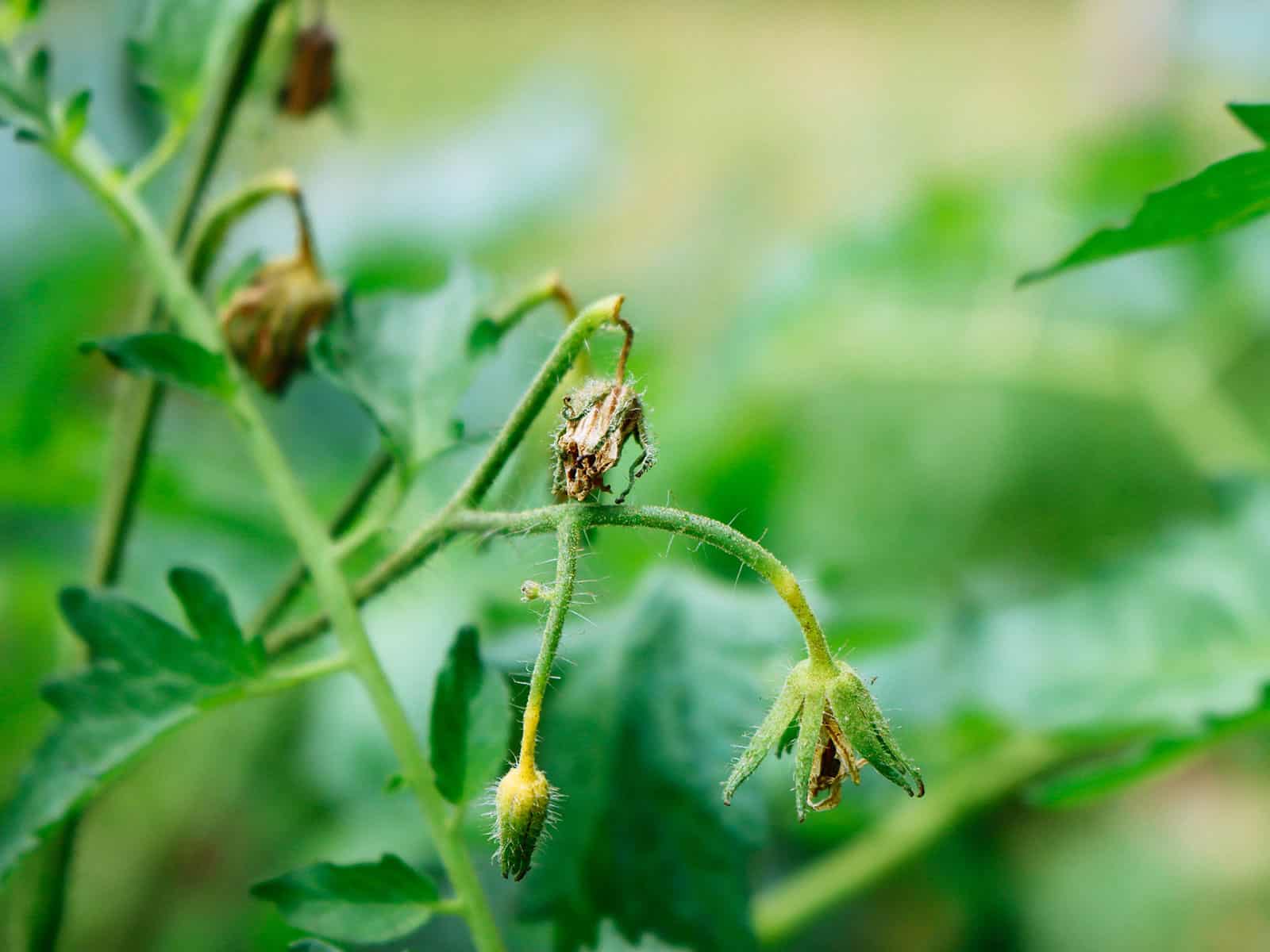
But blossom drop isn’t just a tomato problem. Peppers, beans, and squash are also sensitive to very hot weather and may abort their flowers when temps exceed 95°F.
One of the easiest ways to make sure your tomato plants survive a hot summer is to choose the right variety to begin with, such as Early Girl, Stupice, or Yellow Pear. These heat-tolerant varieties can form fruit even as temperatures climb in July and August.
If you can’t find heat-set tomatoes in your area, you can plant a short-season tomato variety that will mature in 70 days or less before serious heat arrives. Determinate tomato types are also a good option, as they tend to set fruit within a shorter window and ripen earlier in the season.
Tomatoes (and other crops that are prone to blossom drop) also appreciate some shade during the hottest part of the day (which you can create with shade cloth, an old bed sheet, or strategic planting in the garden), ample water to defeat blossom drop (and prevent other problems like cracked fruit), and mulch to keep the soil evenly moist.
7. Tomatoes take forever to ripen.
Yep, excessive heat can affect tomato ripening! The optimal temperature range for fruit to mature is between 68°F and 77°F, and lycopene, the pigment that gives tomatoes their red color, isn’t produced above 85°F.
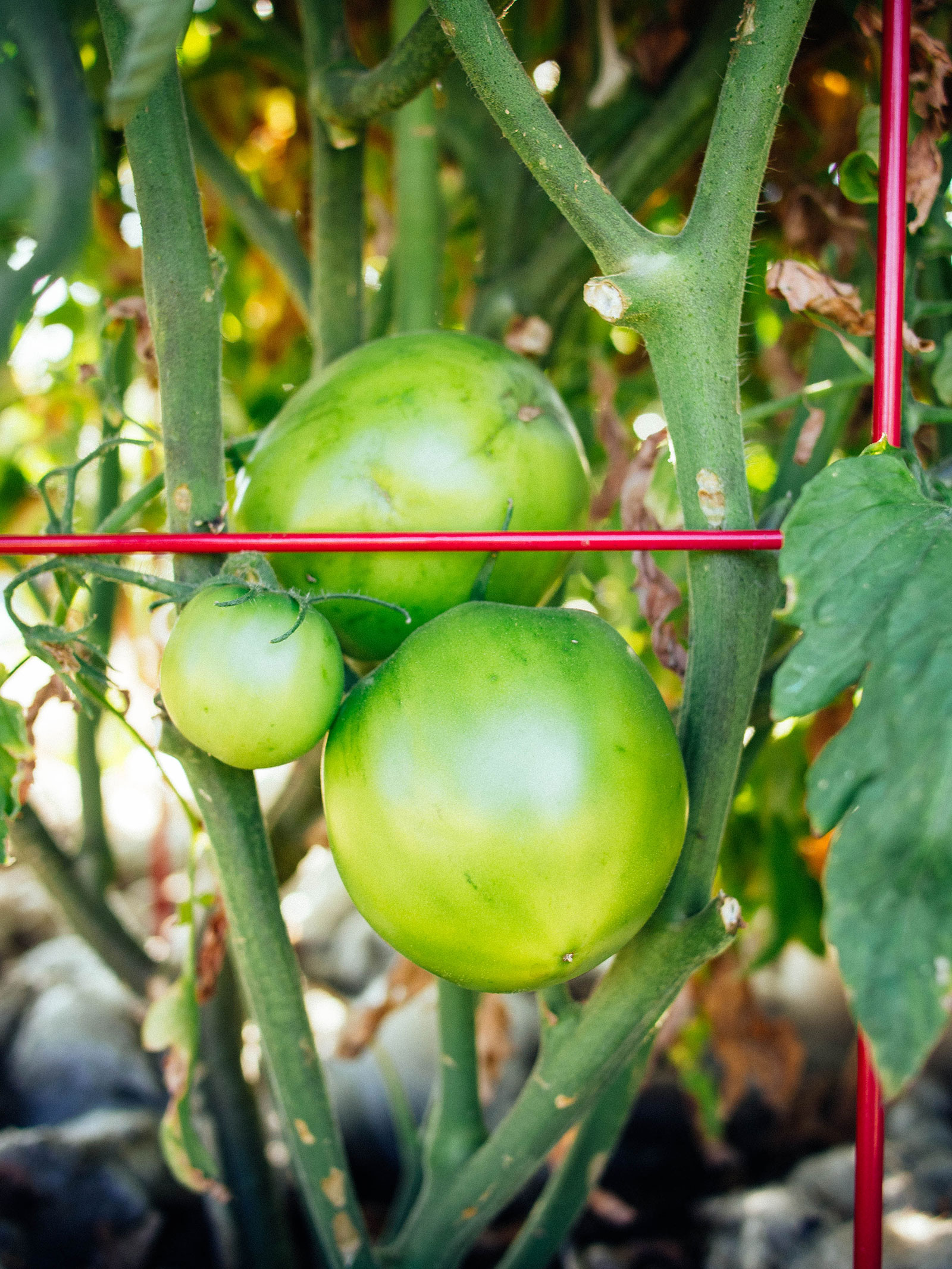
That means your tomatoes will stay green until you experience cooler nights that give them time to ripen during their ideal temperature window. They’ll ripen more slowly this way, but they’ll get there.
Related: Three other reasons why your tomatoes aren’t turning red
You don’t have to wait for tomatoes to ripen on the vine, however. I actually recommend picking tomatoes before they turn red and ripening them indoors, which—contrary to popular belief—does not result in inferior flavor or texture. (You’ll get better-quality tomatoes this way too.)


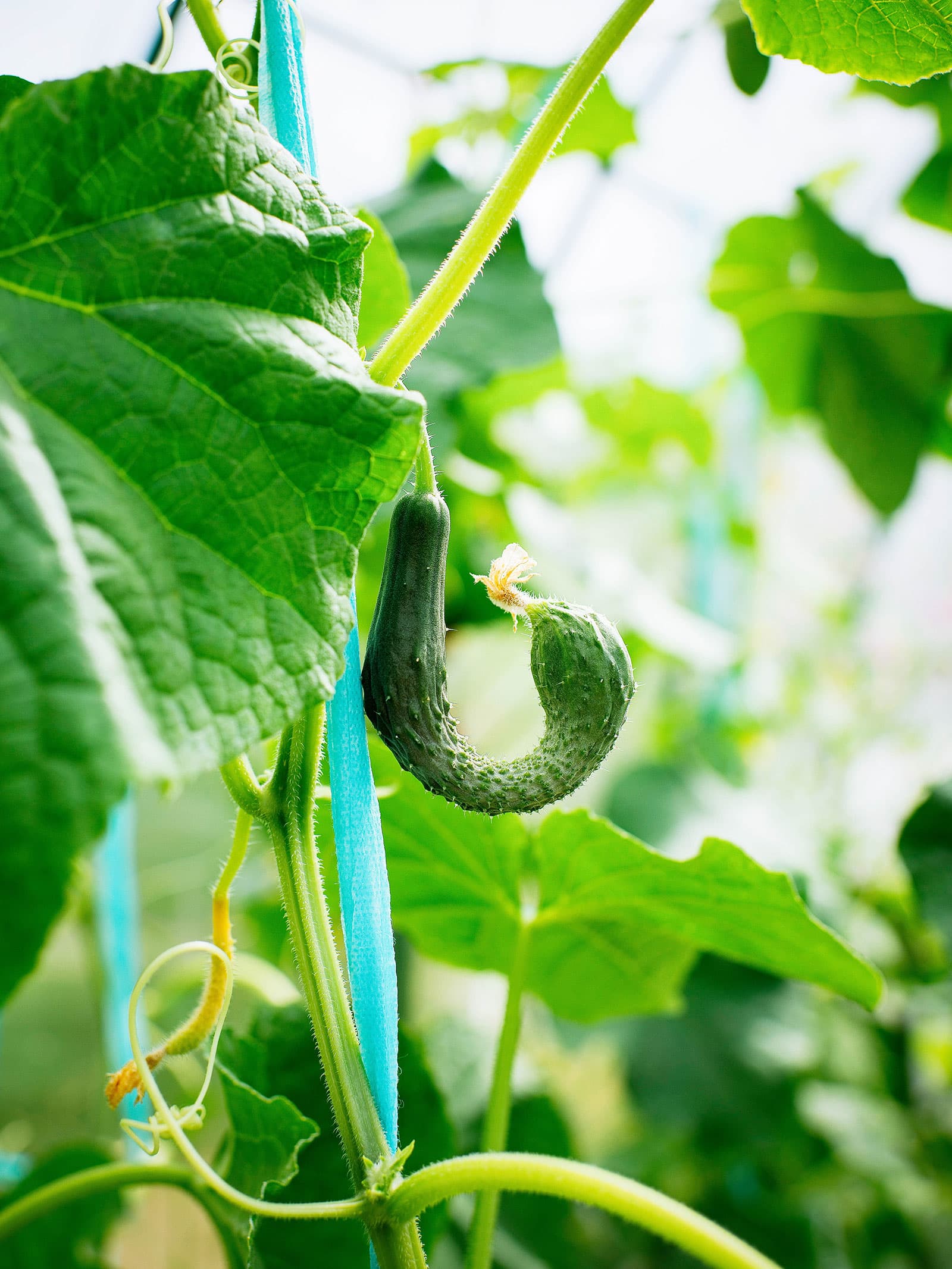
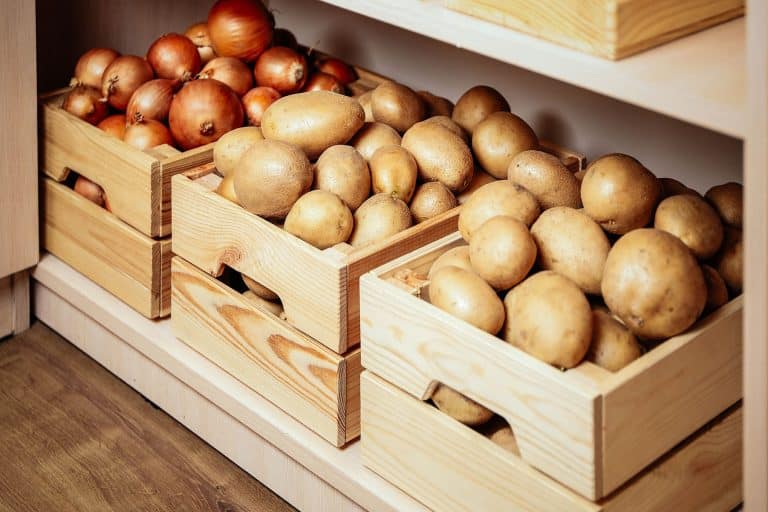
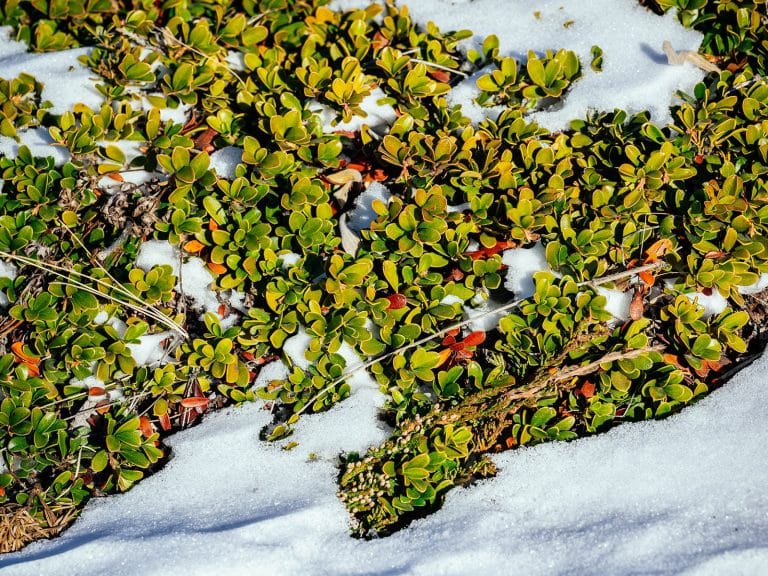
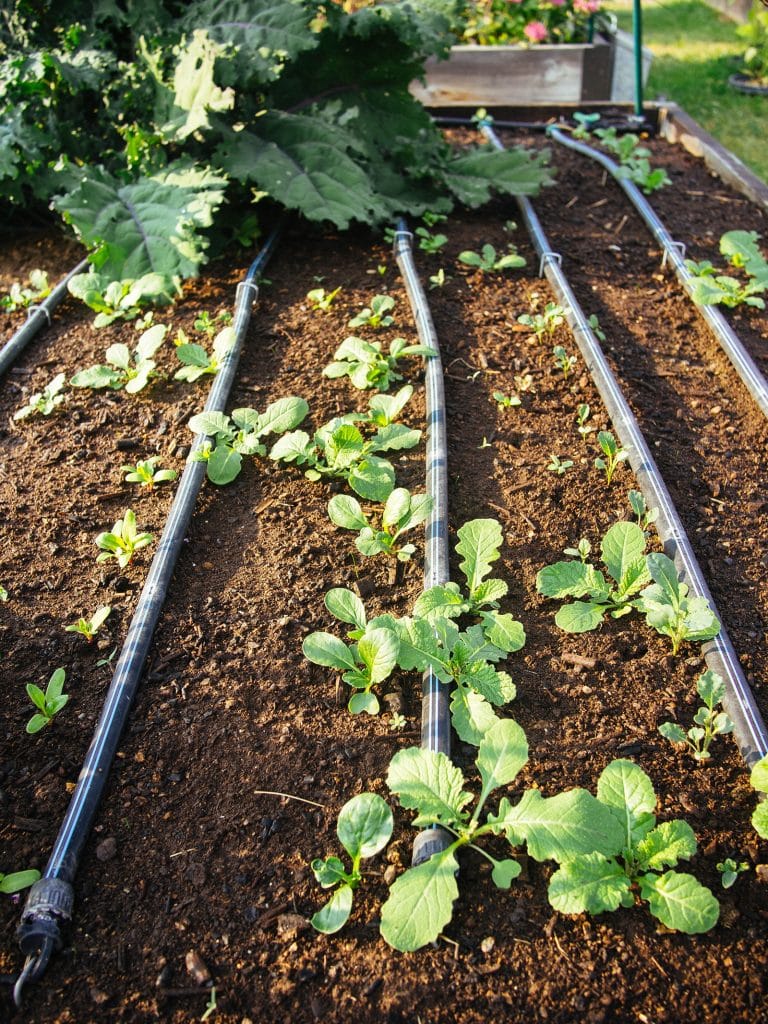
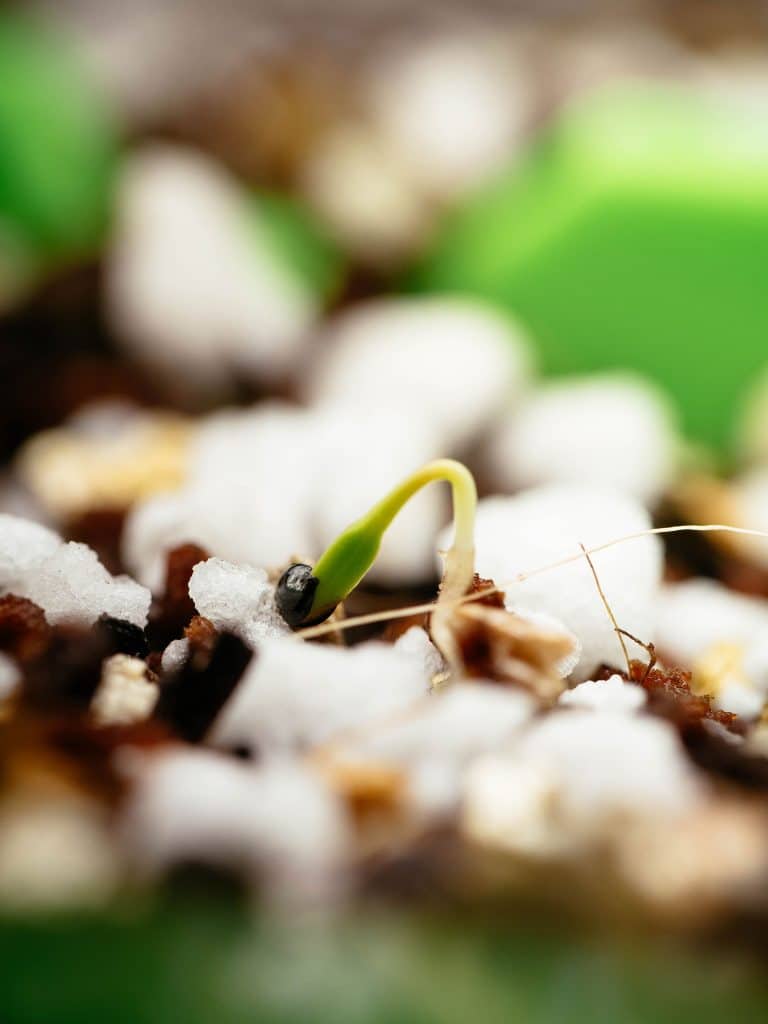
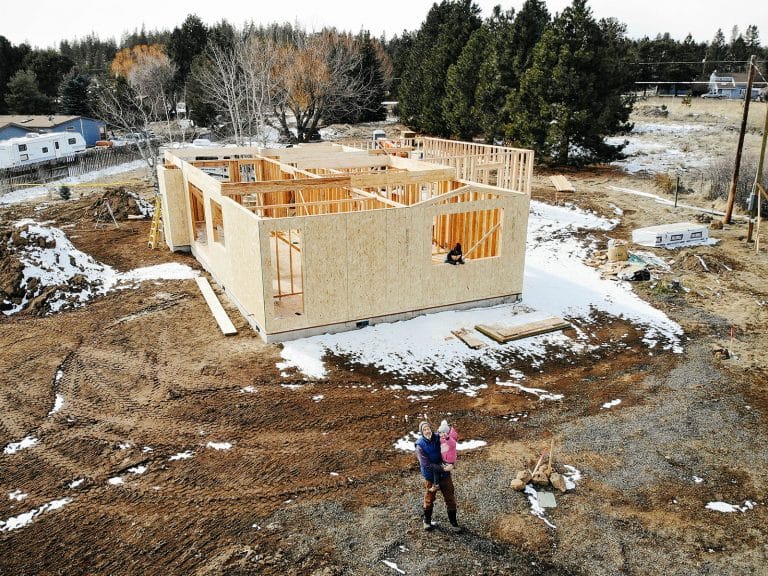
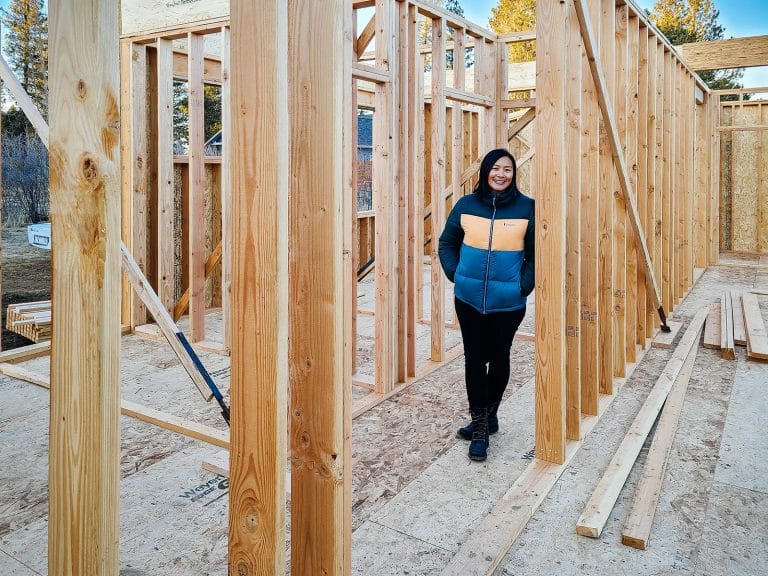
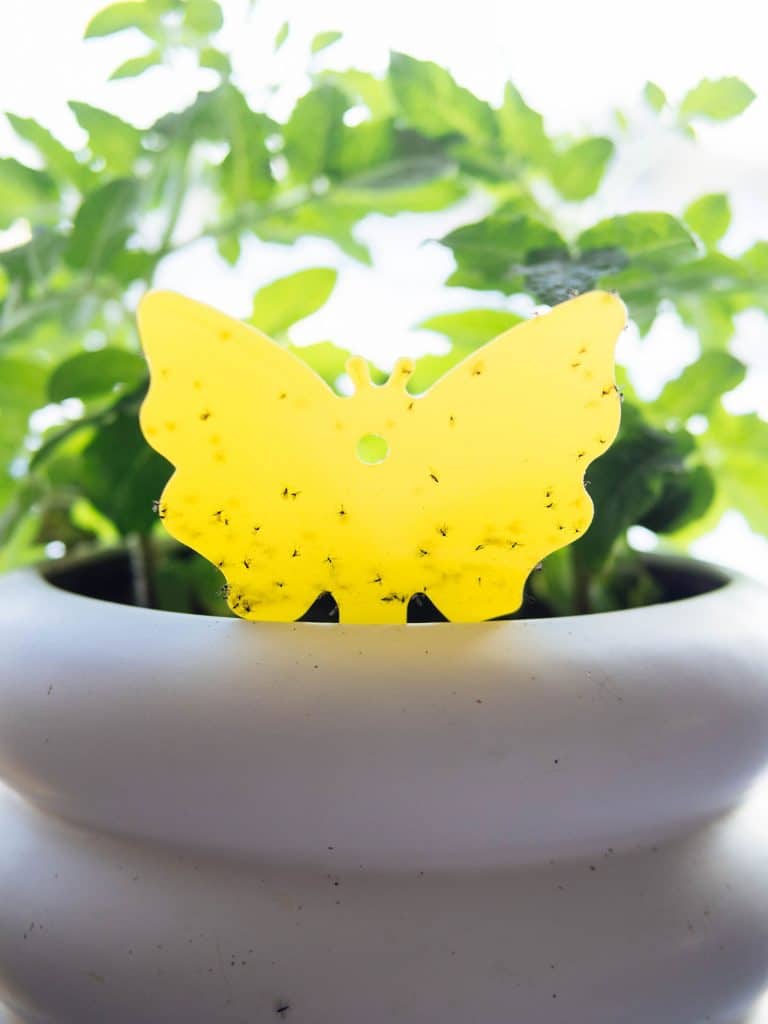
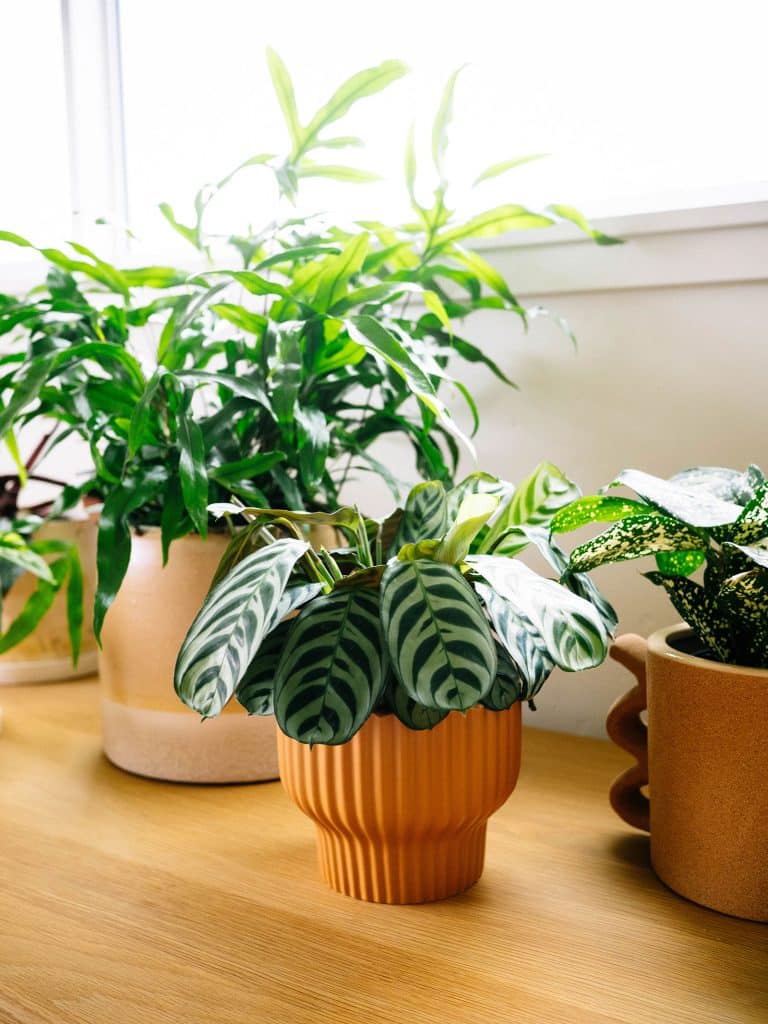

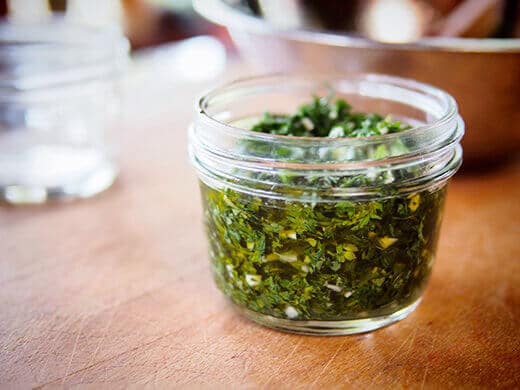
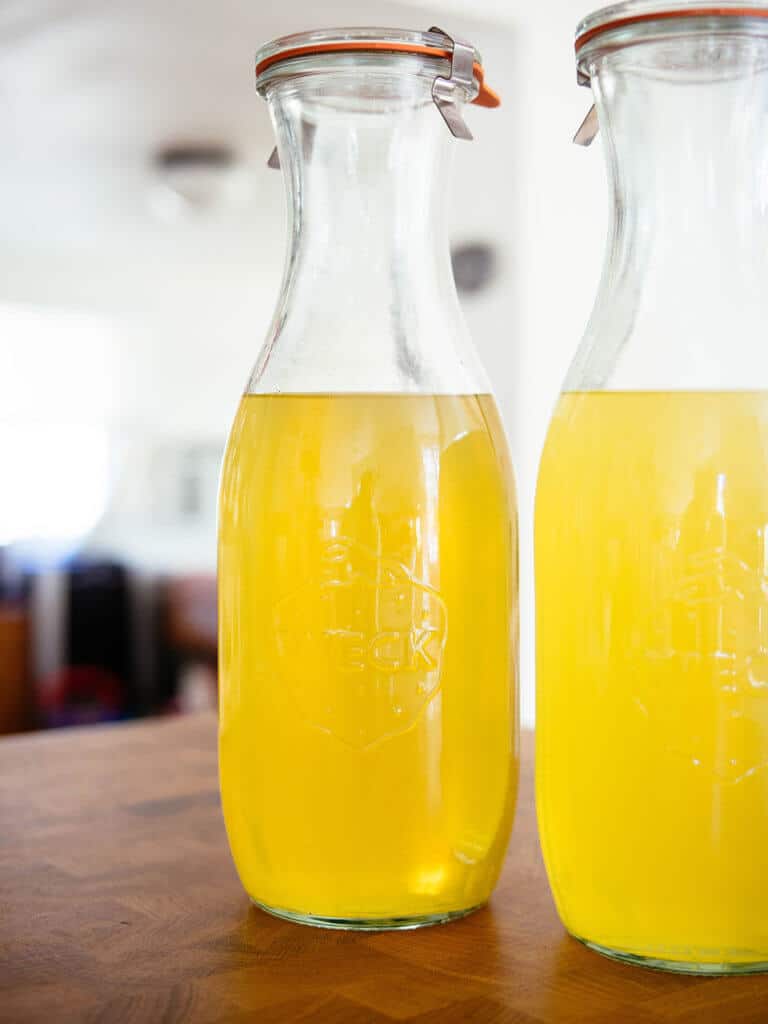
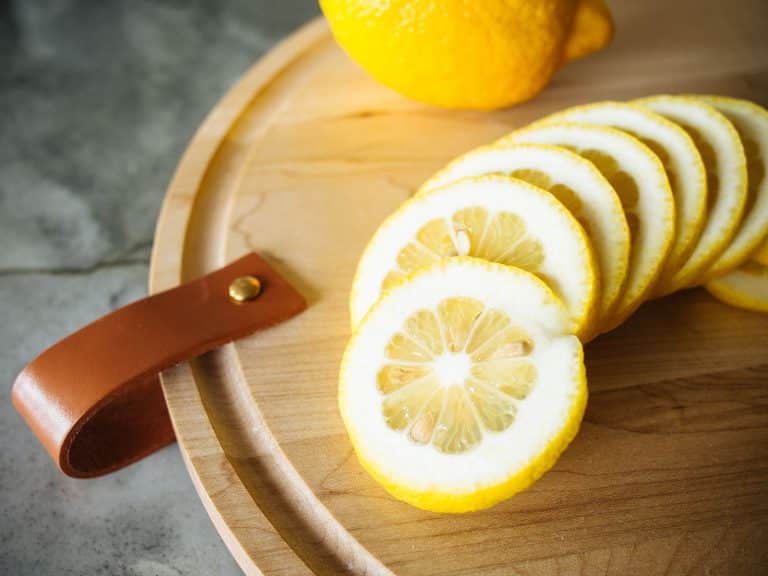

I have potted tomatoes on my porch. The cherry tomatoes are going gangbusters but the early girls have blossom rot. What soil amendment do you recommend for this? Thank you.
every year my cucumbers, squash, watermelon, etc. get leaf mildew powder.. Nothing works to keep it away. Any tricks?
I appreciate your helpful, practical information and sensible solutions to gardening issues. Thank you so very much!